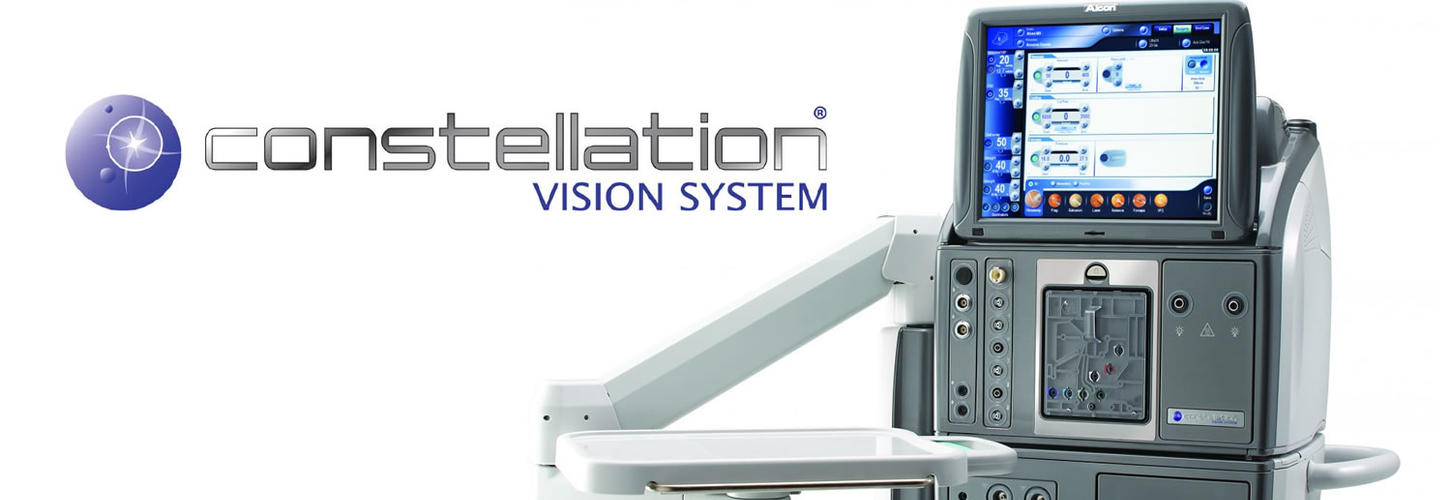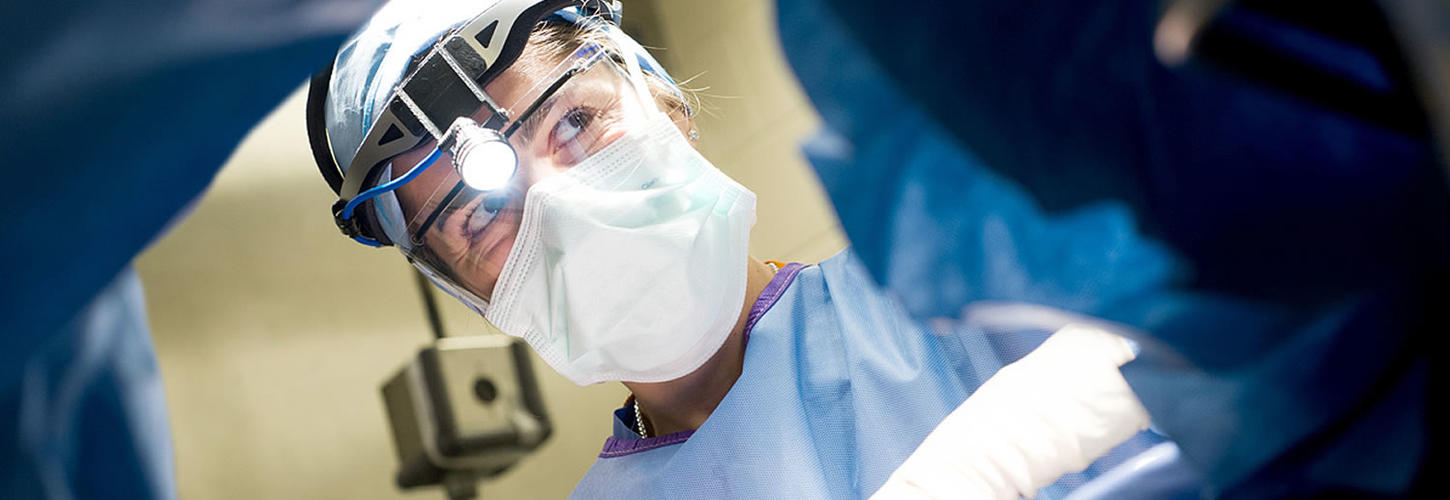La Antigua Guatemala
La Antigua Guatemala



Strabismus is any misalignment of the eyes as a result of an anormality of the poorly understood neuromuscular (including brain ) control of eye movement . Less commonly a problem with the actual eye muscle.
Eye misalignment can cause amblyopia in children. When the eyes are oriented in different directions ,the brain receives two different visual images . The brain may ignore the image from the misaligned eye to avoid double vision , resulting in poor vision development of that eye. Also an eye that has a poor sight tends to be misaligned.
There are many types of strabismus. These types are mostly described by the direction of the eye misalignment ;common types of strabismus are esotropia,exotropia, hypotropia and hypertropia.
Strabismus can also be described by its cause . The three cranial nerves (III,IV,VI) responsible for eye movement can be weak or palsied and cause strabismus(third nerve palsy ,superior oblique palsy for example). Special patterns of strabismus can have unique names such as Brown Syndrome or Duane Syndrome. Horizontal strabismus are esotropia (crossed eyes or inward turning) and exotropia (outward turning). Vertical strabismus are hypertropia which refers to abnormal eye higher than normal eye , and hypotropia which refers to abnormal eye lower than normal eye.
Strabismus often occurs in children who are otherwise completely normal. However disorders that affect the brain such as cerebral palsy ,Down Syndrome, Hydrocefalus and brain tumor are more likely to develop strabismus.
In adults stroke is the leading cause of strabismus . Trauma, neurological problems and graves disease ( Thyroid eye disorders) are other common causes of strabismus.
The goal of strabismus treatment is to improve eye alignment which allows for better work together (Binocular vision) . Treatment may involve eye glasses , eye excersises,prisms,and /or eye muscle surgery. Problems associated with strabismus ( including amblyopia,ptosis and cataracts) are usually treated prior to eye muscle surgery.
Is a type of strabismus where there is a vertical misalignment of the eyes . Although there are many causes of vertical strabismus ,one of the most common is the fourth nerve palsy , or superior oblique palsy.
Other common causes include : thyroid related eye disease , orbital trauma or brown's disease , after cataract, glaucoma or retinal surgery and after successful strabismus surgery for a horizontal eye misalignment.
Eye muscle surgery is generally recommended as the treatment for the fourth nerve palsy in children and adults.
Is the downward deviation of visual axis of one eye. A similar but opposite condition is called hypertropia. Causes can be inferior oblique muscle overaction , superior oblique overaction, Duanes retraction syndrome, Brown's retraction syndrome , fibrosis of rectus muscle in Graves Disease, Double elevator palsy and surgical trauma. Treatment consists in muscle surgery.
It refers to eyes that turn outward. It is the opposite of crossed eyes,or esotropia. Exotropia may occur from time to time (intermitent exotropia) or may be constant, and is found in every age group.
TYPES OF EXOTROPIA:
Congenital or infantile exotropia is an outward turning of the eyes from birth or early infancy . Esotropia ( In-crossing of the eyes ) is much more common than exotropia in new borns. Constant exotropia in infants should be evaluated by a pediatric ophthalmologist to rule out associated medical conditions. The aquired forms of exotropia include intermittent exotropia , sensory exotropia and consecutive exotropia.
Many people normally have a tendency for the eyes to drift outward when their eyes are completely relaxed , such as when they are daydreaming. This outward drift , which occurs only in those moments of visual inattention, is called exophoria , and is controlled effortlessly when visual attention is refocused. Exotropia may occur rarely and result in few or no symptoms . However , in some people it may become more frecuent or even progress to the point of becoming constant.
Strabismus, or misalignment of the eyes , does run in families. All affected family members will not necesarily share exactly the same type of strabismus , meaning that exotropia may not be the only kind of misalignment possible. In some relatives , the strabismus may be obvious, while others may have a milder form. Many family members will not have strabismus at all. A family history of strabismus is a very good reason to have a child evaluated by a pediatric ophthalmologist.
People with intermittent exotropia may experience that outward drift only occasionaly,such as when they are drinking alcohol, despite their efforts to refocus. Children may squint one eye in bright sun light, or may rub one of their eyes. Their vision may become blurry or they may experience double vision when their eyes are misaligned. Some patients say that they can feel that an eye is misaligned, even though they do not see anything unusual. Others are unaware that the eye is turning unless it is mentioned by another person.
Most exotropia does not resolve completely, but sometimes it may be adequately controlled with or without glasses. Intermittent exotropia can be controlled by staying healthy , having check ups with the ophthalmologist, wearing the appropiate glasses prescription.
Normal visual activities have no effect on exotropia. However parents are encouraged to limit the time their children spend watching TV, playing video games and sitting at their computers . Recently 3-D technology has become more popular in the entertainment industry. In some cases, exposure to 3-D images may cause significant eye strain that may worsen the exotropia. For this reason ,some manufacturers of 3-D devices have advised that children under 6 years of age and those with known eye problems not be exposed to 3-D.
Exotropia in an eye with very poor vision is called sensory exotropia . In this case, the eye with low vision is unable to work together with its fellow eye and therefore it may have a tendency to drift outward. This situation should be addresed as soon as possible . In cases of permanent visual loss ,surgery to straighten the eye is often an option.
Nonsurgical treatment may include glasses or eye exercises. Occasionaly,patching therapy may be recomended. If the eyes are misaligned more often than they are straight, surgery on the eye muscles may be recommended in order to realign the eyes. Centro Visual G&G pediatric ophthalmologist will discuss the ideal timing of surgery for your situation.
Criteria for surgery may vary somewhat , but generaly surgery is indicated when the exotropia is frecuently present, when the patient is experiencing significant symptoms ( eyestrain,double vision,squinting) ,or when there is evidence that the patient is losing "binocular vision" . Surgery may not be recommended if the exotropia is adequately controlled with glasses.
Exotropia surgery can be performed at any age. It is appropiate when exotropia is present for the majority of the time. In a smal child, part time patching of the prefered eye is useful. If the child has a preference for one eye over the other , or amblyopia. This helps protect the vision in the non prefered eye . Some pediatric ophthalmologist have proposed the use of alternate day , alternate eye patching to help control exotropia but this rarely cures the problem.
If a patient is nearsighted ,keeping the glasses prescription up-to-date may help control the alignment. When the patient experiences diplopia and the angle of exotropia is small , prisms may be used. Exercises have been proven to treat convergence insufficiency. They have been sugested for treating some cases of intermittent exotropia. The goal of these exercises is to teach the patient to have improved control of their eyes misalignment . It will not make the disalignment dissapear , it will only make it less frecuent.
Many of the patients who undergo this exercises will eventualy require surgery.
Esotropia is in-turning one or both eyes. It may be intermittent or constant and may occur with near fixation , distance fixation or both . The crossing may occur predominantly with one eye or may alternate between eyes. Esotropia may occur at any age and is the opposite of exotropia ( outward eye turning).
Esotropia in infants less than 20 weeks frecuently resolves spontaneously,specially when the missaligment is intermitent and small in magnitude, however constant eye crossing at any age should be evaluated by a pediatric ophthalmologist. Eye crossing ( constant or intermittent ) beyond 4 months of age should be evaluated.
TYPES OF ESOTROPIA:
The effect of esotropia on the visual system depends on the frecuency /severity of eye crossing at any age. Eye crossing affects the ability of the eyes to work together . Older children and adults with a new onset esotropia often experience diplopia (double vision) and or decreased binocular visual field . Children can lose stereopsis (3D vision) and binocularity (simultaneous use of the eyes) in adition to loss of vision in the crossing eye (amblyopia).
Strabismus ,or misalignment of the eyes run in families . However ,affected family members do not necessarily share the same type and /or severity of strabismus.
A family history of strabismus is a very good reason for an evaluation by a pediatric ophthalmologist.
Some conditions increase the risk of esotropia:
- Prematurity, a posible family history and various neurological and genetic disorders increase the risk of eye misalignment. Also some systemic disorders cause ocular misalignment( hyperthyroidism, diabetes, etc).
- Sometimes children's eyes look crossed but actually they are straight: pseudostrabismus is the appearance of , but not truly misaligned eyes and is usually secondary to the shape of the eyelids and/or nasal bridge.
- Any child suspected of having ocular misalignment should have a thorough examination by a pediatric ophthalmologist since some children can have both pseudostrabismus and actual eye misalignment. Therefore pseudostrabismus does not by itself eliminate the possibility of true eye crossing.
- After taking a careful history, the physician assesses the visual acuity in a manner appropiate for age. A key component is to determine whether the acuity is equal in each eye or if one eye is stronger than the other.
- Ocular misalignment, if detected, is quantified. The general health of the eye,as well as the refractive state of the eye ( farsightedness,nearsightedness,astigmatism) is assesed.
Management of esotropia is based on a number of factors. The overriding principles are: